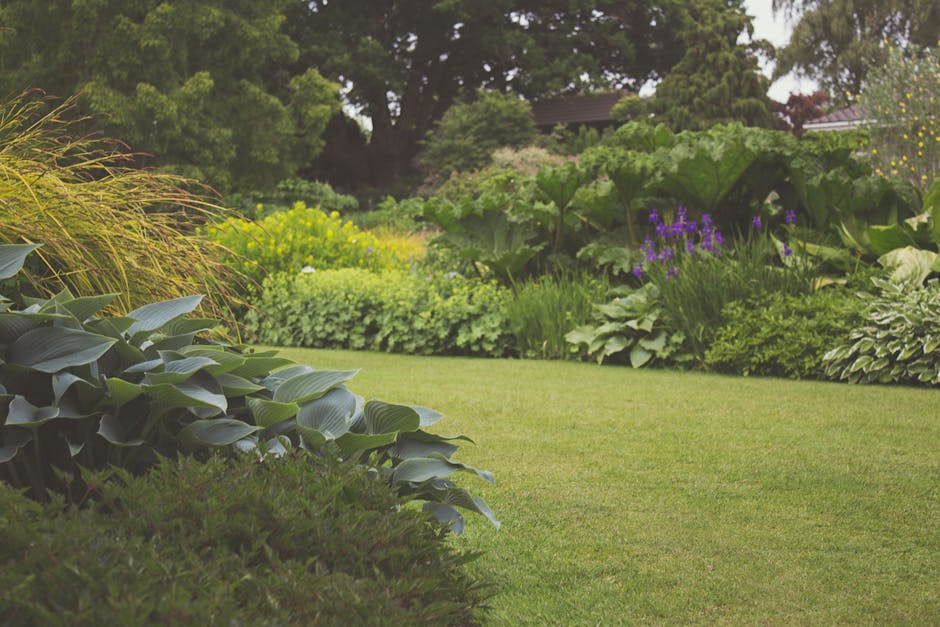Winter is often seen as a time when gardens go dormant, but that doesn’t mean you should neglect them completely. In fact, there are plenty of best practices for winter garden care that can help your plants, flowers, and trees thrive even in the colder months. By following these tips, you can ensure that your garden remains healthy, vibrant, and ready to bloom come spring.
Protecting Your Plants and Trees
One of the most important aspects of winter garden care is protecting your plants and trees from the harsh elements. Frost, snow, and freezing temperatures can all take a toll on your garden, so it’s essential to take steps to shield your greenery. One way to do this is by mulching around your plants and trees. Mulch acts as an insulating layer, helping to regulate soil temperature and protect roots from freezing. Additionally, consider wrapping delicate plants or trees in burlap or frost cloth to provide extra protection from the cold.
Watering Wisely
While it may seem counterintuitive, watering your garden in the winter is still important. Even though plants aren’t actively growing, they still need water to survive. However, it’s crucial to water wisely. Avoid watering in the evening, as excess moisture can freeze overnight and damage your plants. Instead, water in the morning on sunny days to allow the soil to dry out before temperatures drop. Be sure to adjust your watering schedule based on the weather, as plants require less water in colder temperatures.
Pruning and Maintenance
Winter is the perfect time to tackle pruning and maintenance tasks in your garden. Pruning helps promote healthy growth and improves the overall appearance of your plants and trees. Remove any dead or diseased branches, shape unruly growth, and thin out crowded areas to allow for proper air circulation. Additionally, take this time to clean up fallen leaves and debris, which can harbor pests and diseases. By staying on top of pruning and maintenance, you can set your garden up for success once spring arrives.
Protecting Your Flowers
If you have flowering plants in your garden, it’s important to take extra care to protect them during the winter months. Some flowers, such as roses, can be more susceptible to cold temperatures and frost damage. Consider covering delicate flowers with a cloche or garden fabric to shield them from the elements. You can also apply a layer of mulch around the base of your flowers to help retain moisture and regulate soil temperature. By providing extra protection for your flowers, you can ensure they survive the winter and bloom beautifully in the spring.
Planning for Spring
While winter garden care is essential, it’s also a great time to start planning for the spring season. Take this opportunity to research new plants, flowers, and trees that you’d like to add to your garden. Consider starting seeds indoors or planning out new garden beds to get a head start on spring planting. You can also use this time to clean and organize your gardening tools, sharpening blades and oiling handles to ensure they’re ready for the upcoming growing season. By thinking ahead and preparing for spring, you can make the most of your winter garden care efforts.
In conclusion, caring for your garden in the winter is crucial for maintaining its health and beauty year-round. By following best practices such as protecting your plants and trees, watering wisely, pruning and maintenance, protecting your flowers, and planning for spring, you can ensure that your garden thrives even in the colder months. With a little extra care and attention, your garden will be ready to burst into bloom when spring arrives.

